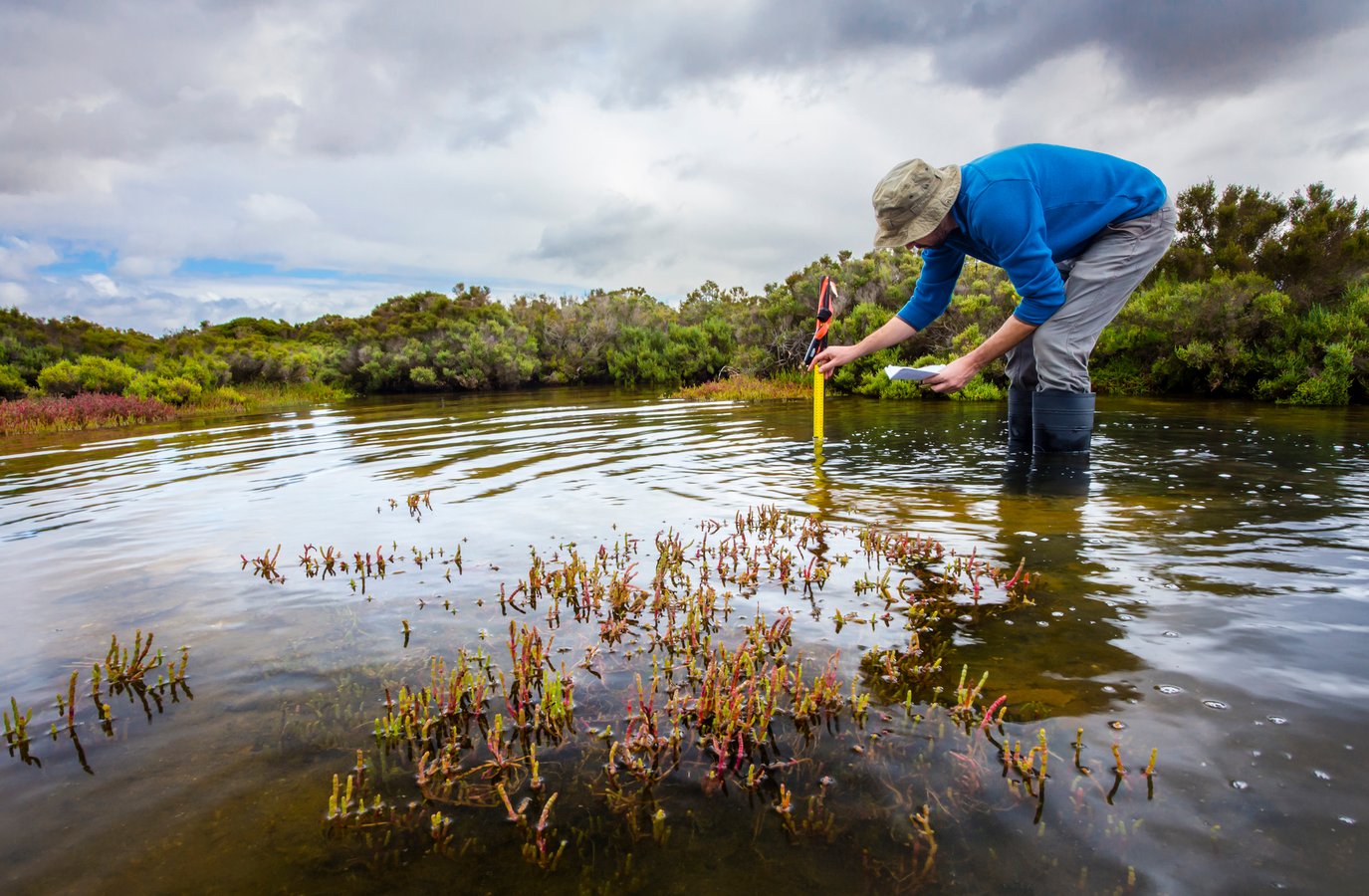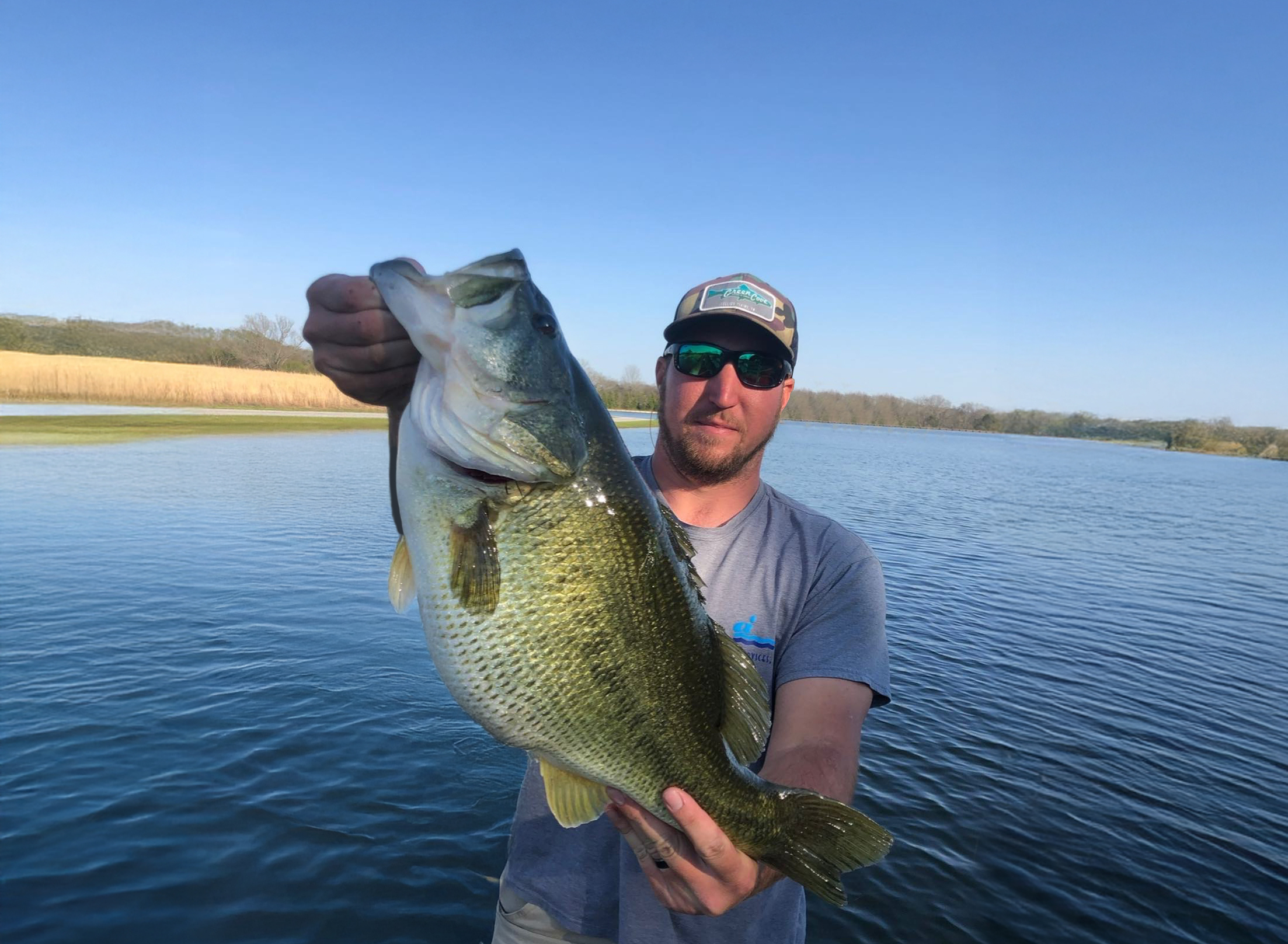Sediment Trouble Zones: Identifying and Managing Problem Areas in Lakes and Ponds

Sediment buildup is one of the leading causes of poor water quality in lakes and ponds. Over time, soil runoff, decaying leaves, and organic debris settle on the bottom, forming pond muck and sediment “hotspots.” These trouble zones reduce water depth, fuel nuisance algae, and harm fish habitat. Learning how to locate and manage these high-risk areas is critical for lake and pond health.
What Are Sediment Trouble Zones?
Sediment trouble zones are areas where muck, silt, and organic matter naturally accumulate. They typically develop in places with:
- Shallow water levels
- Stagnant or slow circulation
- Stormwater inflows or eroding shorelines
If ignored, these zones become nutrient hotspots, releasing phosphorus and nitrogen into the water. This process accelerates algae blooms, lowers dissolved oxygen, and creates stress for fish populations.
Using Depth and Sediment Surveys to Identify Problem Areas
The most reliable way to pinpoint sediment trouble zones is through a lake depth and sediment survey. In these surveys, biologists measure sediment thickness and water depth at multiple points, often using tools like a Sludge Judge, to create a map of sediment distribution.
For example, a recent survey of several community ponds showed areas where sediment accounted for more than 10% of total pond volume. By identifying these “hotspots,” managers could prioritize sediment removal and nutrient reduction strategies where they were most needed.
Surveys provide key insights, including:
- Average water depth and sediment depth across the lake or pond
- Areas exceeding normal sediment thresholds
- Year-over-year sediment accumulation trends
- Whether dredging, aeration, or biological treatments should be considered
This data-driven approach ensures pond and lake management programs are both targeted and cost-effective.
Reducing Sediment Impacts with Nutrient Management
Because sediment stores and releases phosphorus, reducing nutrients in high-risk zones is essential. Even when fertilizer runoff is reduced, sediments can continue fueling algae blooms. Effective management options include:
- Installing shoreline buffer strips with native plants to filter runoff
- Adding lake aeration systems to improve oxygen and reduce nutrient release
- Using watershed management practices upstream to limit fertilizer and soil erosion
By controlling the nutrient load, you can slow algae growth, improve water clarity, and protect fish and wildlife.
When Hydraulic Dredging Becomes Necessary
For ponds and lakes with heavy muck accumulation, nutrient management alone may not restore balance. In these cases, hydraulic dredging is one of the most effective long-term solutions.
Dredging:
- Restores depth and circulation
- Permanently removes nutrient-rich muck fueling algae problems
- Improves recreational use, including fishing, boating, and swimming
Targeted dredging based on sediment survey results reduces costs and ensures lasting results.
Long-Term Sediment Management
After sediment trouble zones are addressed, ongoing maintenance is key. Annual or seasonal depth surveys, combined with aeration system maintenance and water quality testing, help managers track changes over time and adjust strategies as needed.
Final Thoughts
Unmanaged sediment can quietly degrade a lake or pond, reducing depth, increasing algae, and stressing fish populations. With professional tools like depth and sediment surveys, nutrient reduction strategies, and targeted dredging, you can restore water quality and keep your lake or pond thriving for years to come.
About Aqua Services, A Jones Lake Management Partner
Since 1983, Aqua Services has been a trusted leader in lake and pond management, delivering scientifically backed solutions to create and maintain healthy, balanced, and beautiful waterbodies. As a Jones Lake Management Partner, our team specializes in a full range of services to include algae and aquatic weed control, aeration systems, water quality monitoring, fisheries management, hydraulic dredging, invasive species control, and shoreline restoration. We work with HOAs, municipalities, golf courses, and private lake owners throughout Alabama, Arkansas and Georgia to maintain balanced and thriving aquatic environments through science-based and sustainable management practices.
Topics
- Aeration (3)
- Algae (3)
- Aquatic Weeds & Algae Control (6)
- Bathymetry Mapping (1)
- Company News & Updates (1)
- Erosion Control & Sediment Reduction (3)
- Fisheries Management (9)
- Fountains & Aeration (3)
- Hydraulic Dredging (1)
- Invasive Species Management (3)
- Lake & Pond Management (10)
- Lake Management (4)
- Nutrient Management (5)
- Pond Management (1)
- Sediment Sampling (2)
- Storm-Water Basins & Pollution (1)
- Stormwater & Runoff Management (4)
- Water Quality (3)
- Water Quality Monitoring (1)

Our fisheries management programs are designed to meet your specific goals—whether that’s trophy bass production, family-friendly fishing, or enhancing the overall ecological balance of your pond.